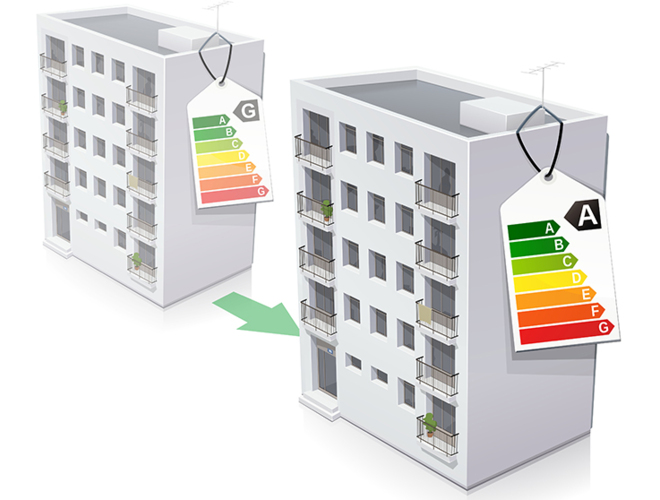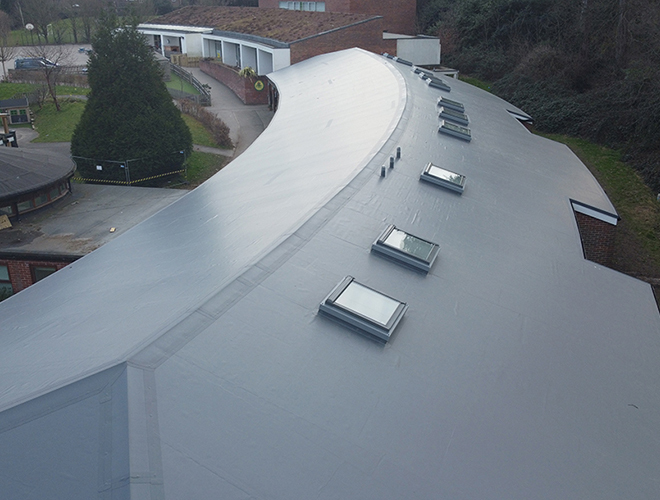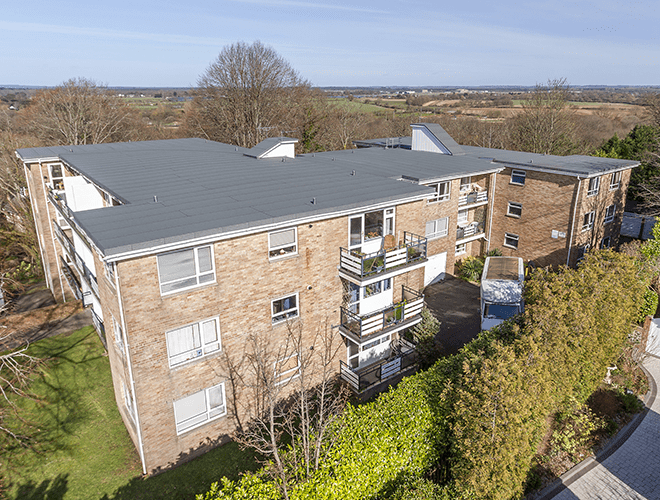
Author
Nigel Payne - Flat Roof Specialist
Renovating a flat roof can be a daunting task, especially when you need to comply with Approved Document L. Sometimes referred to as Part L, this section of UK Building Regulations outlines the energy efficiency requirements for new and existing buildings in England and Wales. If you are renovating a thermal element such as a flat roof, you will need to ensure that it meets the minimum required U-value.
- What is a U-Value?
- When do you need to improve the entire thermal element?
- Choosing the right insulation.
- The importance of consulting with a professional.
- Further information.
This guide explains what U-Values are and what conditions require you to improve the entire thermal element. The guide goes on to provide guidance on types of insulation and explains the importance of seeking professional advice when considering a roof refurbishment.
1. What is a U-Value?
A U-Value is a measure of the rate of heat loss through a building element such as a roof, wall, or floor. The lower the U-Value, the better the insulation performance of the element. The minimum U-Value requirement for flat roofs will depend on the type of roof, the insulation materials being used and the specific details of the project. For details of the minimum efficiency standards in England for both new and replacement thermal elements, see our blog story about the latest changes to Part L and flat roof U-Values.
2. When do you need to improve the entire thermal element?
If you are renovating a thermal element, such as a flat roof, and more than 50% of the surface area of the element is being renovated, you will be required to improve the thermal performance of the entire element to achieve the minimum required U-value. For example, if you are renovating a flat roof that is 100m² and you are renovating 60m² or more, you will need to improve the thermal performance of the entire 100m² flat roof to meet the minimum required U-value.
If the work constitutes a major renovation, which is defined as more than 25% of the surface area of the external building envelope being renovated, then you will also be required to achieve the minimum required U-value for the entire thermal element. For example, if you are renovating a building with a total external wall area of 200m² and you are renovating 50m² or more, you will need to achieve the minimum required U-value for the entire thermal element, which includes the walls, roof, and floor
3. Choosing the right insulation material.
When it comes to choosing the right insulation material, there are several factors to consider, such as thermal performance, cost, fire resistance, durability, and environmental impact. Some commonly used insulation materials for flat roofs include rigid foam board, mineral wool, spray foam and cellulose. Your insulation strategy will depend on the specific requirements of your project, and the expertise of a qualified professional will be invaluable in making the right choice.
4. The importance of consulting with a professional
It is important to note that the specific requirements for your project will depend on the details of the thermal element, such as its size, construction, and materials, as well as the insulation materials being used. Therefore, it is highly advisable to consult with a qualified professional to determine the most appropriate insulation strategy for your specific project, and to ensure compliance with the relevant building regulations.
5. Further information
If you have any questions or enquiries, we have made it easy for you to get in touch with us using our Contact form. Alternatively, you can email us at roof@builtwithbailey.com or call 01403 261844 and ask to speak to a member of our dedicated Roofing Team.
Related Work & Articles






